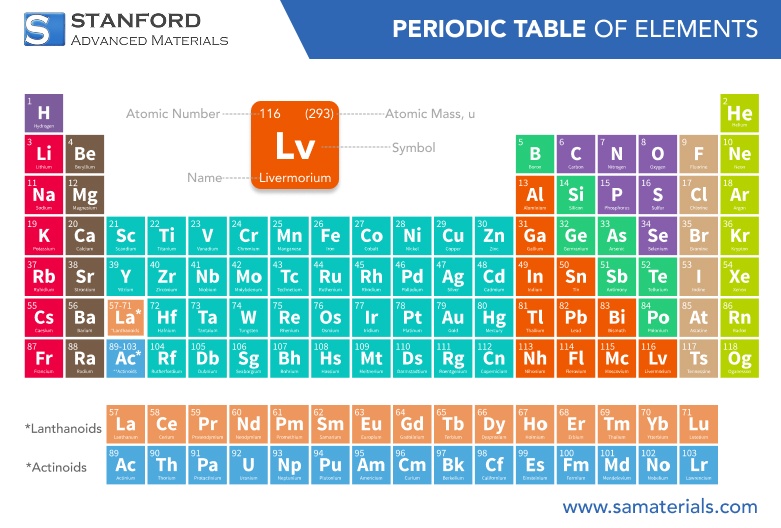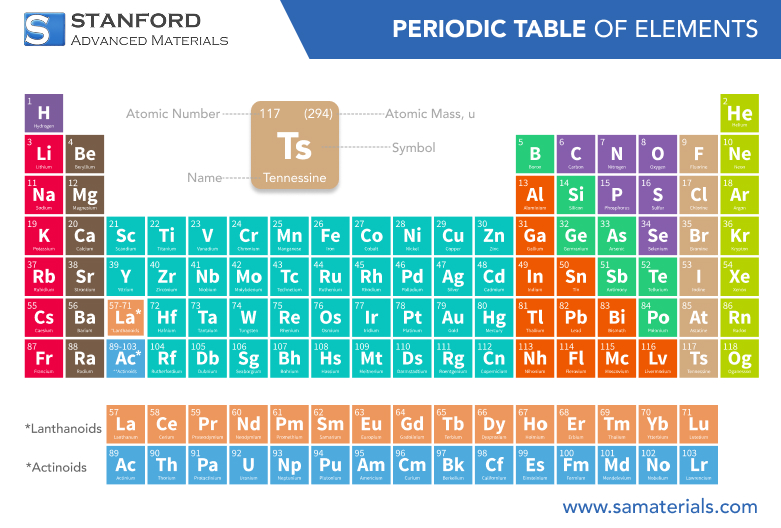Darmstadtium: Element Properties And Uses
Description
Darmstadtium is a synthetic, superheavy element with the atomic number 110. While extremely unstable and of no practical commercial use, the production and study of the element have been crucial in extending knowledge of elements beyond naturally occurring ones; therefore, it contributed substantially to both nuclear physics and the boundaries of the periodic table.
Introduction to the Element
Darmstadtium was synthesised for the first time in 1994 in the GSI Helmholtz Centre for Heavy Ion Research in Darmstadt, Germany, after which the element was named. Being a transition metal, darmstadtium belongs to the 10th group of the periodic table, as do its lighter homologues—nickel, palladium, and platinum. While highly radioactive and extremely short-lived, darmstadtium is an important element in basic research since superheavy elements are those with atomic numbers larger than 92, beyond uranium.
Chemical Properties Description
For darmstadtium, most of the chemical properties are theoretical since only a few atoms of the element have been made, and each decayed in milliseconds. Nevertheless, predictions suggest that due to its location in the periodic table, it should behave chemically like the rest of the group 10 elements, including the tendency to form complex compounds and a bond pattern as with platinum. However, extreme instability inhibits direct chemical experimentation. Scientists predict that darmstadtium should be able to form compounds with halogens, chalcogens, and even transition metal ligands, yet no such compounds have been synthesised or studied directly thus far.
Physical Properties
Given that darmstadtium exists transiently under any laboratory conditions, physical properties are extrapolated from periodic trends and quantum mechanical models. In all theoretical models, predictions indicate that it is a solid metal with properties typical of transition metals, such as a metallic lustre and high density. For more information, please check Stanford Advanced Materials (SAM).
Predicted Physical Properties:
• Atomic Number: 110
• Atomic Mass: ~281 g/mol (theoretical)
• Phase: Solid (theoretical, under standard conditions)
• Density: ~28 g/cm³ (estimated)
• Crystal Structure: Cubic (predicted)
History and Production
The discovery of darmstadtium marked a milestone in nuclear chemistry and physics. In 1994, scientists at the GSI Helmholtz Centre successfully synthesised darmstadtium by using a particle accelerator to bombard a target of bismuth-209 with nickel-62 ions. This high-energy collision resulted in the formation of darmstadtium-269, an isotope of darmstadtium with a half-life of just 300 microseconds. Since then, only a handful of atoms of darmstadtium have been produced in this manner, with each decaying into lighter elements almost instantaneously. These experiments are part of the "island of stability" hypothesis, which suggests that certain superheavy elements may have relatively longer half-lives and more stable isotopes.
High-powered particle accelerators, together with the control of experimental conditions, are required in the very tedious process for producing darmstadtium in extremely small quantities. Accelerator mass spectrometry and nuclear reaction studies are invaluable in the study of darmstadtium and also in technology development affecting medical imaging, semiconductor manufacturing, and nuclear science.
Common Uses
Due to its extreme instability and very short half-life, applications of darmstadtium are nonexistent in commerce and industry. It is of interest mainly to science, particularly the studies related to the behaviour of superheavy elements and the properties of atomic nuclei at the end of the periodic table. Its creation and study help scientists test theoretical models of nuclear physics and atomic structure, further elucidating the limits of the periodic table and the potential for even heavier element discovery.
Methods of Preparation
The synthesis of darmstadtium involves high-energy ion collisions in a particle accelerator. Typically, a heavy element such as lead or bismuth is used as the target material, and nickel ions are accelerated to high speeds before being directed toward the target. The resulting collision forms a small number of darmstadtium atoms, which decay almost immediately into lighter elements. Due to the very low rate of production and short lifetime of darmstadtium, it is a very difficult element to study, and only a few atoms are available to analyse.
Frequently Asked Questions (FAQs)
What is darmstadtium?
Darmstadtium is a synthetic, superheavy element with an atomic number of 110 that is produced under laboratory conditions. It is mainly applied to scientific research in nuclear physics.
How is darmstadtium produced?
It is prepared in particle accelerators by bombardment of heavy target materials, such as bismuth, with high-speed nickel ions in a nuclear reaction that produces a few darmstadtium atoms.
Why is darmstadtium not used in everyday applications?
Darmstadtium has an extremely short half-life, often only a few microseconds, which precludes any use in practical applications. Its primary purpose is in research rather than commercial use.
Can darmstadtium form chemical compounds?
Theoretical studies have predicted that darmstadtium should form compounds akin to its lighter group 10 congeners, nickel, palladium, and platinum, but none have been directly synthesised due to the element's inherent instabilities.
How is research on darmstadtium useful to related industrial products?
Researchers continue to study darmstadtium, thereby providing better techniques in particle acceleration, specific nuclear reactions, and material synthesis for medical imaging, semiconductor technology, and advanced material development.

 Bars
Bars
 Beads & Spheres
Beads & Spheres
 Bolts & Nuts
Bolts & Nuts
 Crucibles
Crucibles
 Discs
Discs
 Fibers & Fabrics
Fibers & Fabrics
 Films
Films
 Flake
Flake
 Foams
Foams
 Foil
Foil
 Granules
Granules
 Honeycombs
Honeycombs
 Ink
Ink
 Laminate
Laminate
 Lumps
Lumps
 Meshes
Meshes
 Metallised Film
Metallised Film
 Plate
Plate
 Powders
Powders
 Rod
Rod
 Sheets
Sheets
 Single Crystals
Single Crystals
 Sputtering Target
Sputtering Target
 Tubes
Tubes
 Washer
Washer
 Wires
Wires
 Converters & Calculators
Converters & Calculators
 Write for Us
Write for Us




 Chin Trento
Chin Trento



